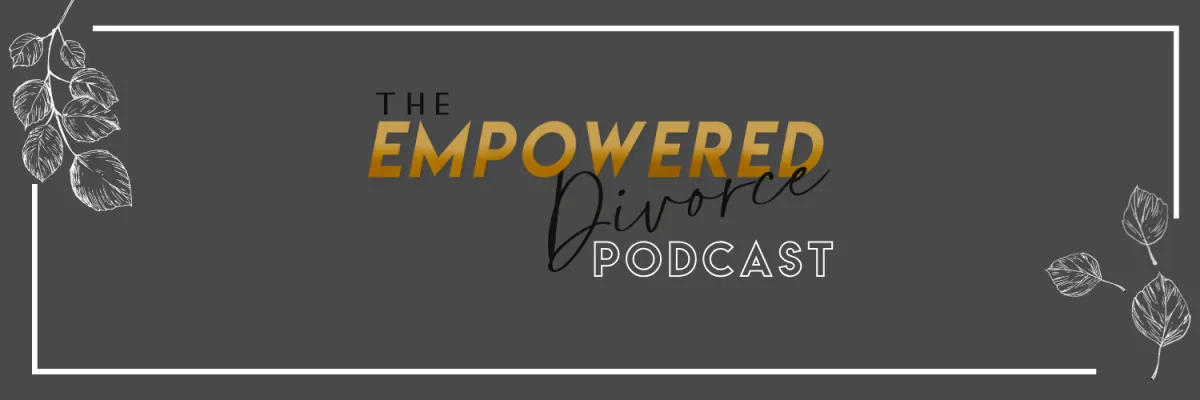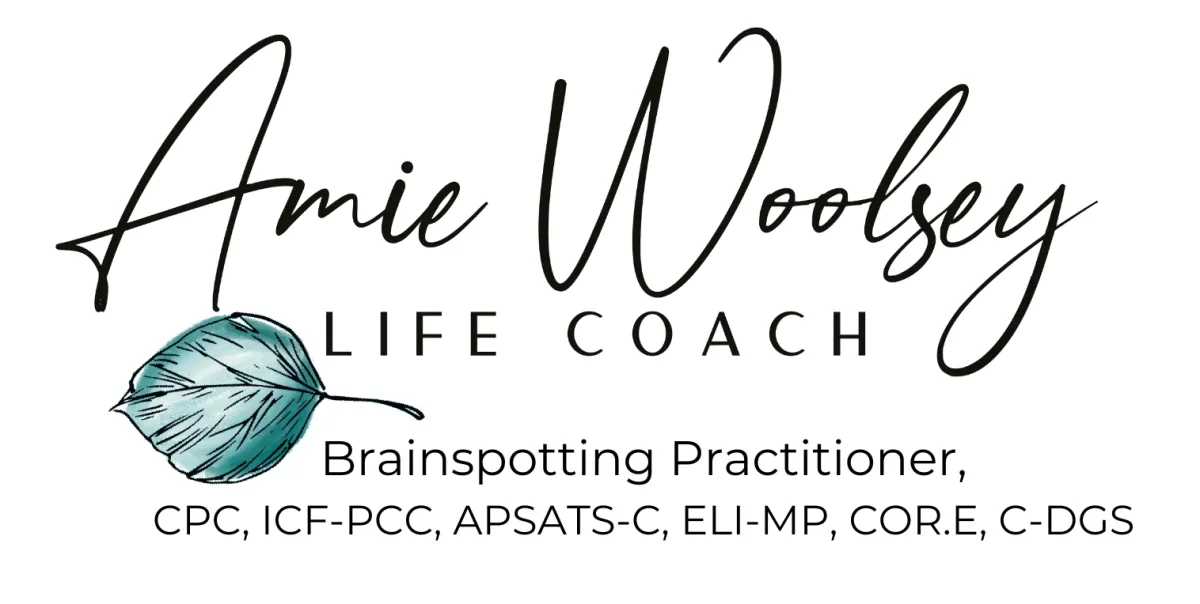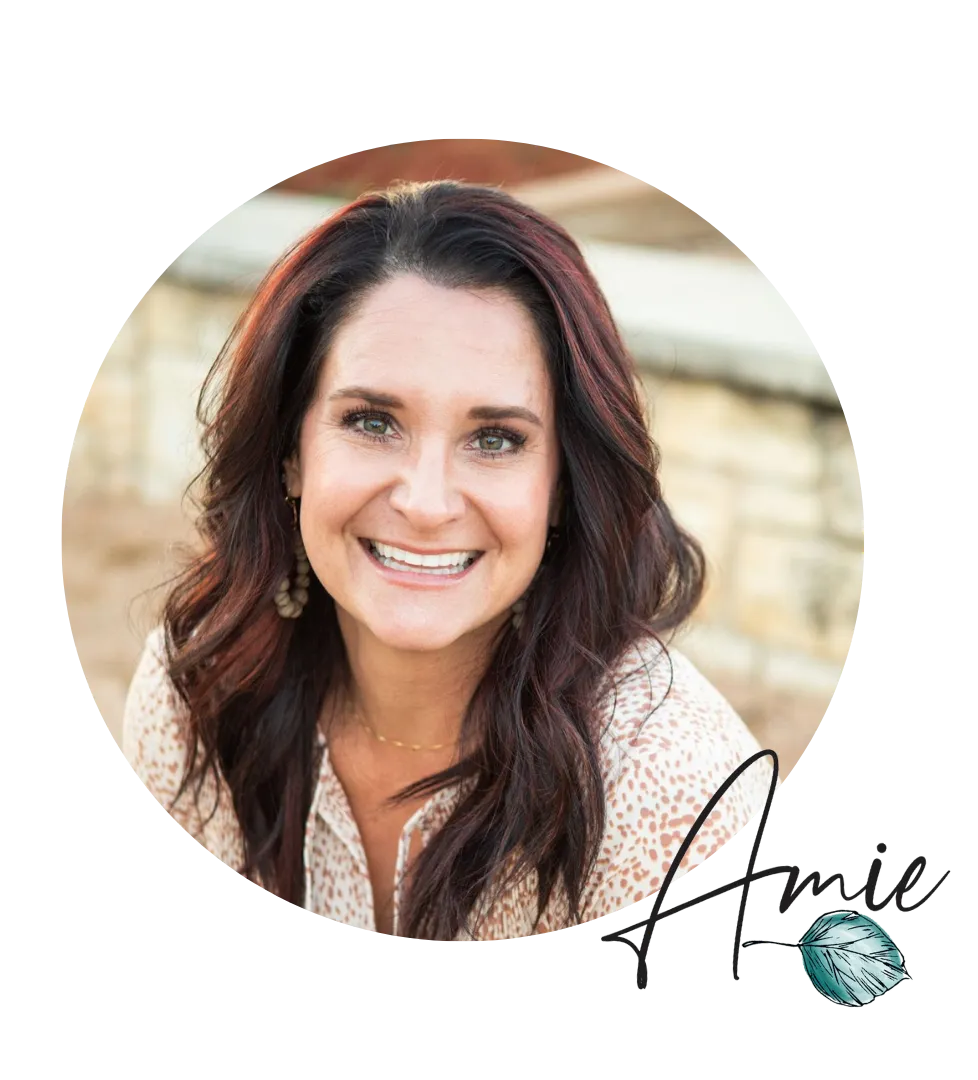
5 Steps To Healing After Betrayal & Divorce
Sometimes in life, as we go about our daily experiences, the little things we do that seem to have no point end up teaching us something meaningful. Sometimes we discover purpose, and sometimes we even uncover unexpected healing tools. That’s what happened to me this past week.
Read Full Transcript
Hello, hello, my amazing, beautiful listeners—welcome. Thank you for being here with me today.
Sometimes in life, as we go about our daily experiences, the little things we do that seem to have no point end up teaching us something meaningful. Sometimes we discover purpose, and sometimes we even uncover unexpected healing tools. That’s what happened to me this past week.
What started out as a simple decluttering project turned into a powerful reminder of how we hold onto things—people, roles, patterns, and cycles—long after they’ve stopped serving us. In this episode, I’m sharing five healing lessons I found while decluttering and reorganizing my drawers—lessons that mirror the work of healing after betrayal and divorce.
From releasing guilt over letting go, to redefining what gets to stay in your life, to celebrating those quiet victories no one else will ever see or validate—this is about so much more than organizing clothes. It’s about the metaphor behind it.
And let me be clear: I’m not comparing decluttering a drawer to the devastating experience of betrayal and divorce. What I am doing is using a metaphor—because sometimes that’s what helps our brains organize and process. For me, metaphors and parables make the lessons of healing feel more tangible and less overwhelming. They let us separate the principles and see small, practical steps forward, even in the midst of deep pain.
So that’s my intention today as we talk about “decluttering our inner world.” Just like you might approach decluttering a drawer, I want you to notice how you may be holding onto guilt, fear, or habits that no longer serve you—and how you can begin making more intentional, empowering choices.
Today’s episode is all about five healing shifts for life after a life-saving divorce.
The Hoodie Story
I’ll let you in on something a little embarrassing: I have a hoodie and sweatshirt obsession. Truly. I buy more hoodies in the summer than in the winter. And yes, I have so many that they fill two entire dresser drawers.
Every single one was bought because I loved it. I don’t even enjoy shopping, but my rule is: I don’t buy it unless I love it. So every hoodie in those drawers was once a “yes.”
But here’s the problem—my drawers were so full I could barely close them. So I decided it was time to declutter. As I pulled them all out and tossed them on the bed, I noticed something surprising. It wasn’t just the amount of hoodies that hit me—it was the guilt. Every time I moved one into the “giveaway” pile, I felt guilty. Thoughts popped up like:
“I spent a lot of money on that one, I shouldn’t get rid of it.”
“What if I want to wear it one day and it’s gone?”
“Why don’t I love it as much as I did when I first bought it?”
Each hoodie carried a story, a tug-of-war in my head. I realized I wasn’t keeping them because I wanted to—I was keeping them because I felt obligated. Because I felt guilty letting them go.
By the end of that process, everything that went back into the drawers was something I genuinely still liked, something that represented who I am today. My drawers no longer stored the past. They reflected my present self.
Lesson One: Letting Go of Guilt
Letting go isn’t just about tossing things out. It’s about bumping into the emotional residue we’ve attached to them. That red sweatshirt that said “freedom”? I loved it when I bought it—it represented a time when I was learning to embrace choice and freedom. But I don’t wear it anymore because I’m already living that freedom. It belongs to the past, not the present.
After betrayal and divorce, it’s the same. We hold onto people, dreams, roles, or patterns that no longer serve us—because we invested in them. Letting go brings up guilt and shame: “I gave so much of myself, how can I just release it?” But the truth is, the cost of keeping what no longer fits is often far higher than the cost of letting go.
Self-reflection question: What am I holding onto that no longer serves me, and what is it costing me to keep it?
Lesson Two: Intentional Choosing
When I put each hoodie back, I wasn’t just organizing—I was choosing again. Every item was a fresh yes.
This is the same post-betrayal and post-divorce. For years, you may have defaulted to yeses that weren’t really choices—keeping the peace, filling old roles, tolerating what didn’t fit. But now, every yes matters.
Ask yourself: If I were choosing this for the first time today, would I still choose it? And if not, what would I choose instead?
Lesson Three: Private Wins
No one else sees inside my drawers. No one else knows the emotional journey I went through while decluttering them. But I do. And I feel proud of it.
Some of your greatest healing victories after betrayal will be like this—quiet, unseen, and uncelebrated by others. Blocking toxic contact. Saying no to an unhealthy request. Choosing not to engage in conflict. These are victories that matter because you know you chose them.
Self-reflection question: What private victories am I proud of, even if no one else sees or understands?
Lesson Four: Making Space for What’s Next
Empty drawers feel uncomfortable. Empty space in life feels the same. After letting go, it can feel wrong, like something’s missing. And so often, we rush to fill it—with busyness, numbing behaviors, or even new relationships too soon.
But healing means resisting the urge to stuff the emptiness with more of the familiar. Instead, allow the space to remain open until something healthy and aligned comes along.
Self-reflection question: Where am I rushing to fill space, and what might happen if I let it remain open until something truly aligned appears?
Lesson Five: Choosing What Goes Back In
When it’s time to refill the drawer, be intentional. Not with shoulds, not with guilt, but with what fits you now.
Maybe that’s boundaries. Maybe it’s peace, harmony, reciprocal relationships, or nourishing practices. Maybe it’s naming your non-negotiable values and keeping them front and center.
Self-reflection question: What do I want to intentionally fill my drawers with so that my life feels aligned and peaceful?
Bringing It All Together
What started as a mountain of hoodies became a reminder of how healing really works—slowly, intentionally, one choice at a time.
The five lessons we covered today are:
Letting go of guilt.
Intentional choosing.
Private wins.
Making space for what’s next.
Choosing what goes back in.
I know how heavy this process can feel. I know the discomfort of letting go, the unease of sitting with emptiness, and the temptation to return to what’s familiar but not healthy. But you are capable of curating your life with intention.
Every yes can reflect who you are today. Every no is an act of protection for your future.
As you walk past the “drawers” of your life this week, my hope is that you notice your progress—not because anyone else applauds it, but because you know what’s inside. Because you chose it.
You really are the creator of your life, and you get to create the life you want—because you can.







Facebook
Instagram
Youtube